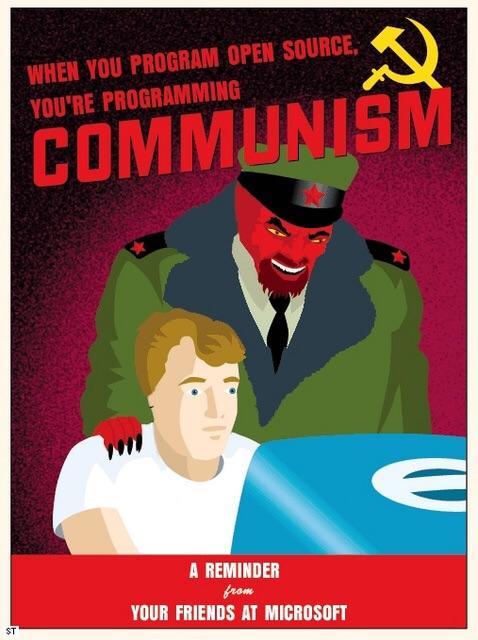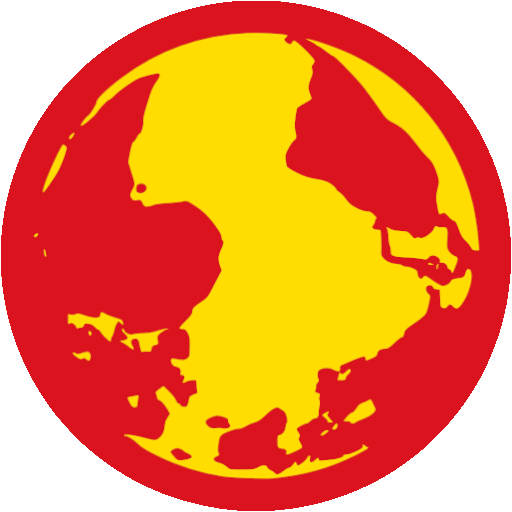
Over the last few weeks I’ve been playing Microtopia which is a game about ants that are microprocessors/mechanical. It is a factory simulator, but the base components are the ants and production buildings.
The ants have a lifespan, so you are managing them as a resources that is also required to make more of themselves. And there are not any belts or inserters as in most games, but instead the ants act as the logistics system, the resource gathering system, and the productive system.
It’s a slightly fresh take on the genre, and it was fun to learn the novel systems. However, it really could use some QOL and some options for lower graphics settings.
These sorts of games are fun for me because they allow me to solve small problems that slowly lead to complex systems. I really enjoy the feeling of accomplishment from building something complex like this.











Profit over functionality aside, one thing that can make Google slightly more tolerable is to switch it into “web search” mode. This strips away all the AI crap, sponsored links, etc. apparently there are ways you can set it to be the default. I find I use Google less and less anyway, but it’s a good option when the first page is useless garbage.
The number of times the Google AI summary has either outright lied or given me some horrible hallucinated approximation of an answer is disgusting. Asking it anything remotely complicated, technical, or uncommonly searched gives the most egregious results. It’s to the point that I question anything it says, which means it’s truely useless. At best, I read a few lines, see if the information seems relevant, then I click on its source links, often to find that the information stated just isn’t at those links.